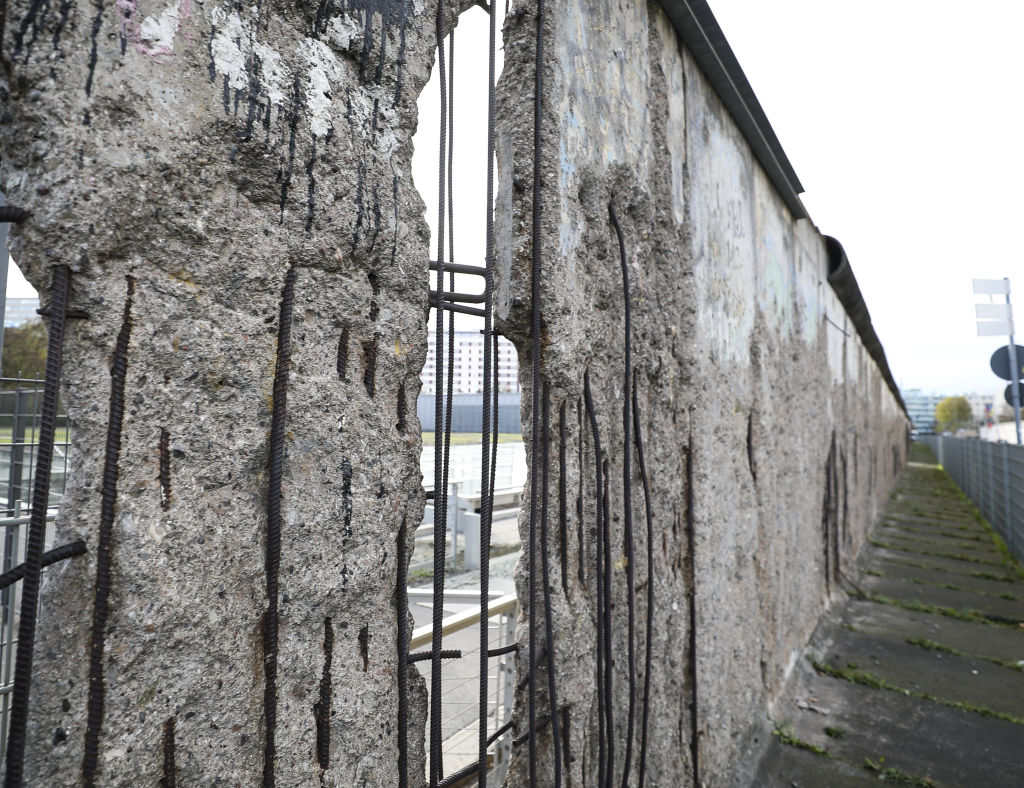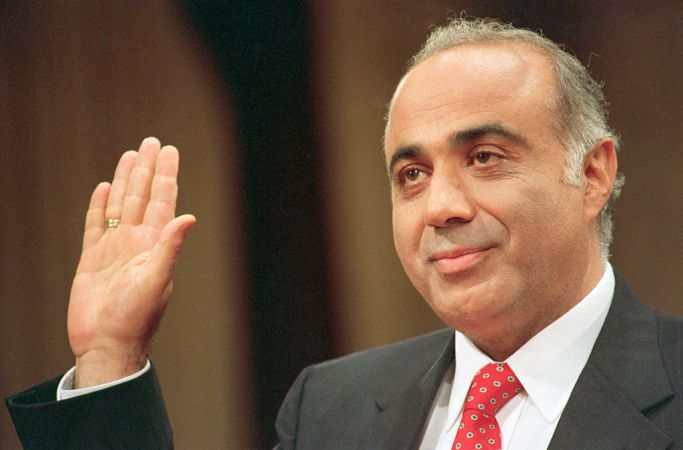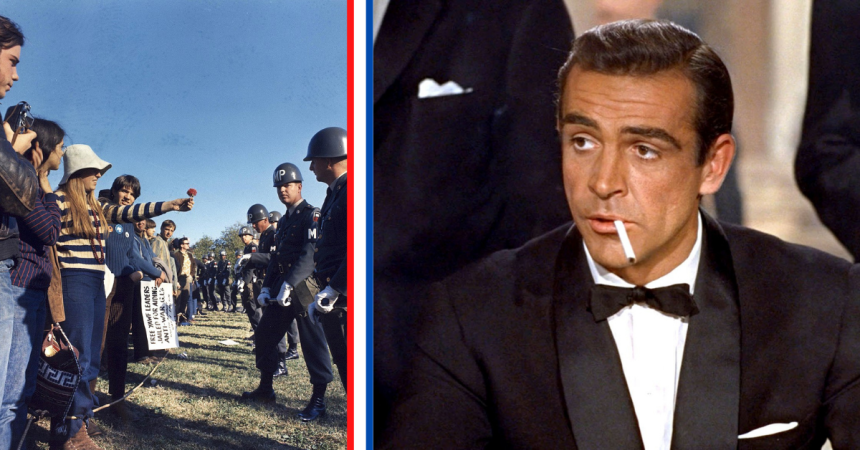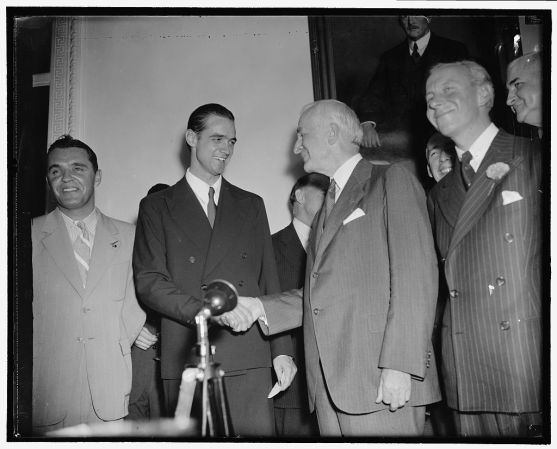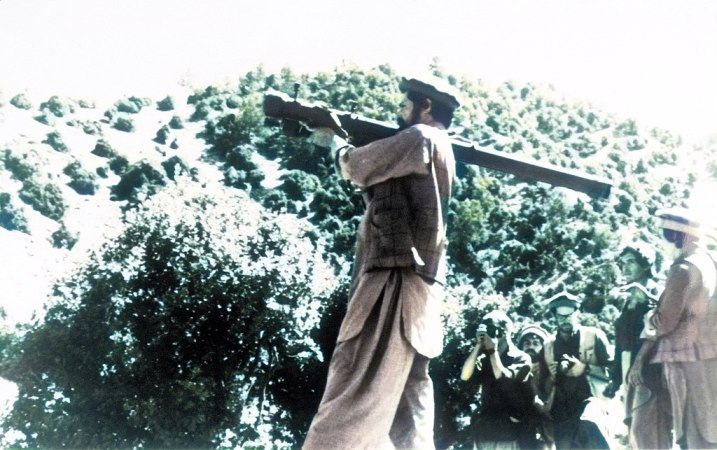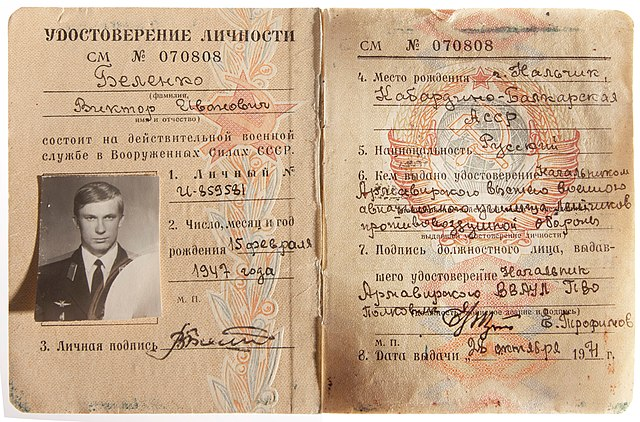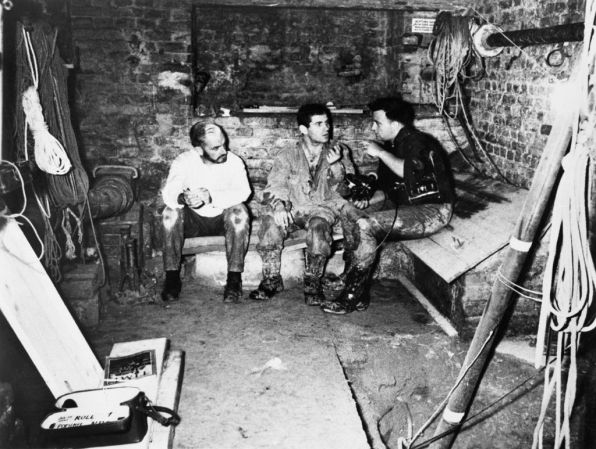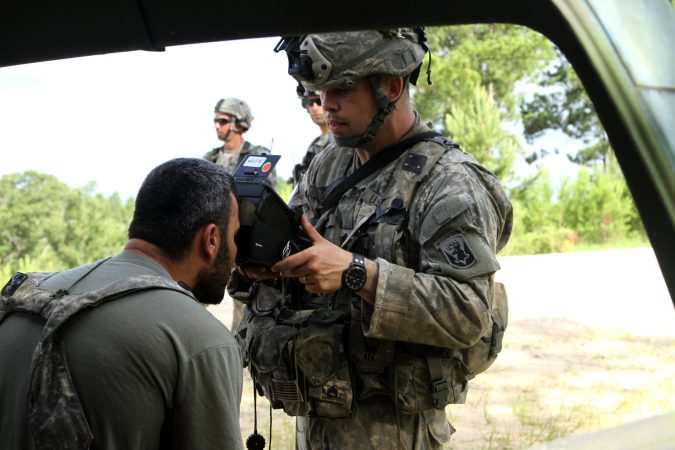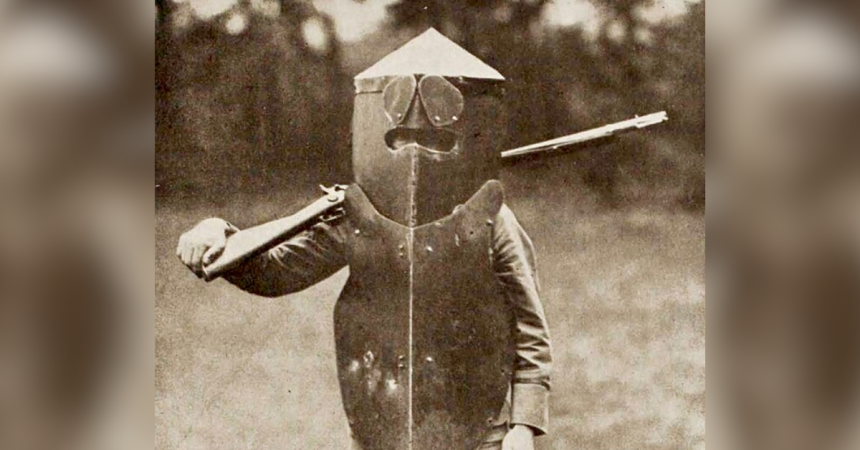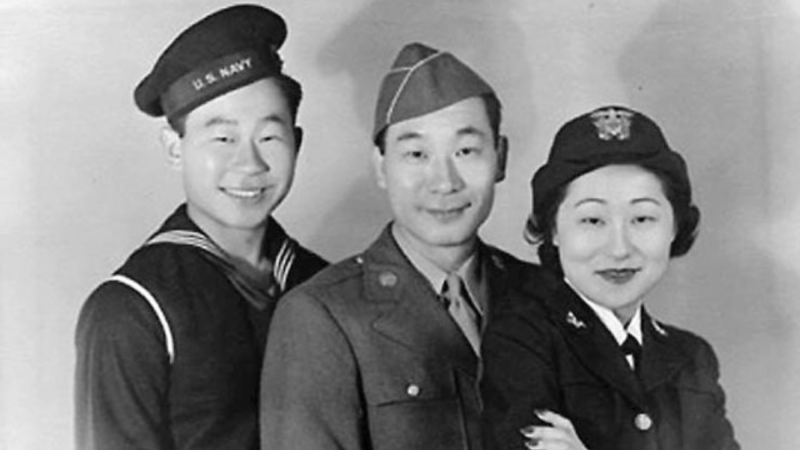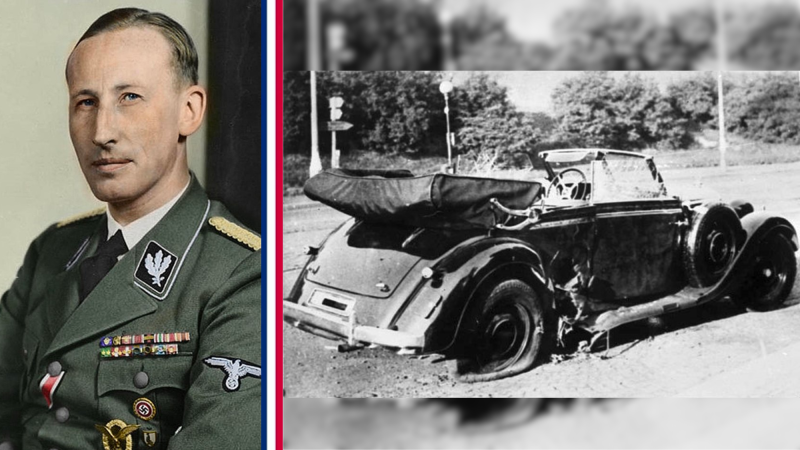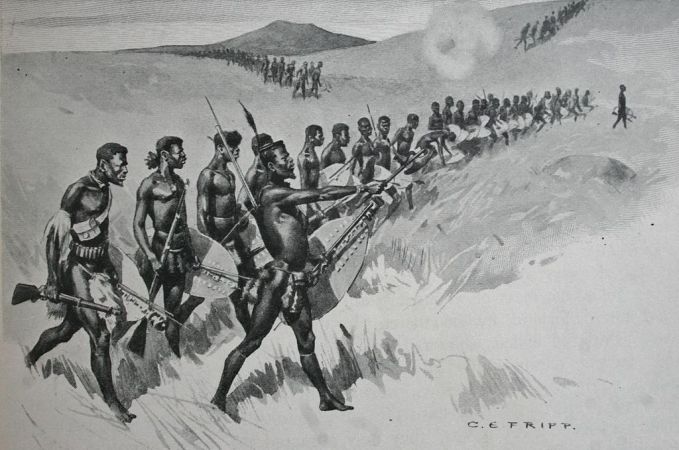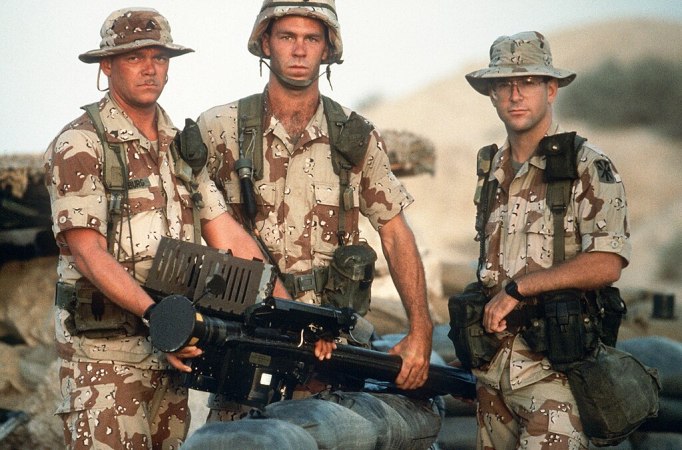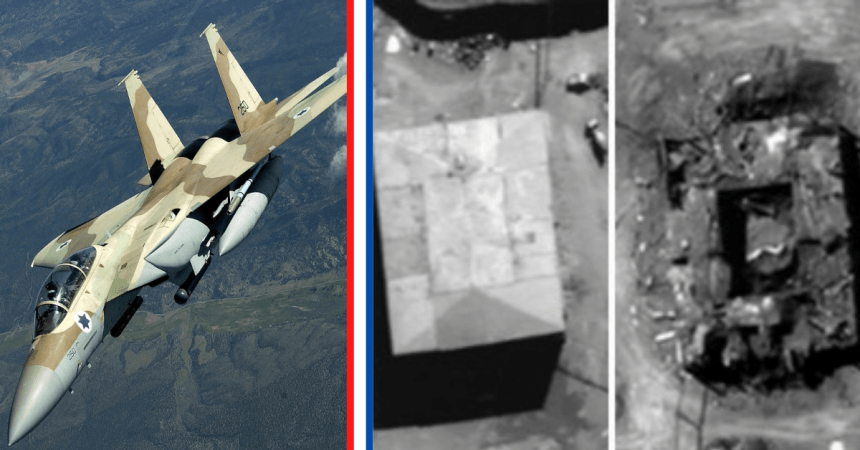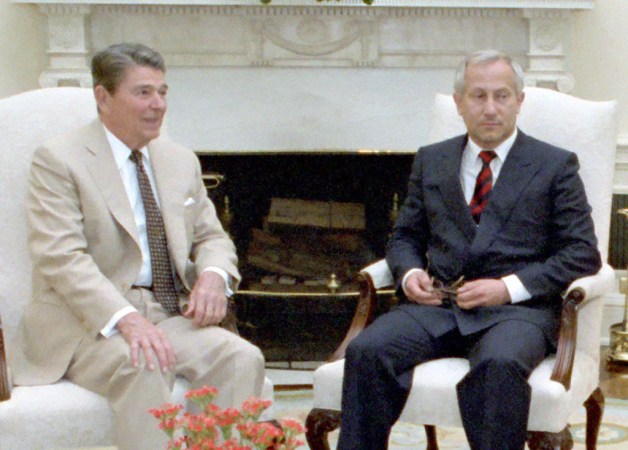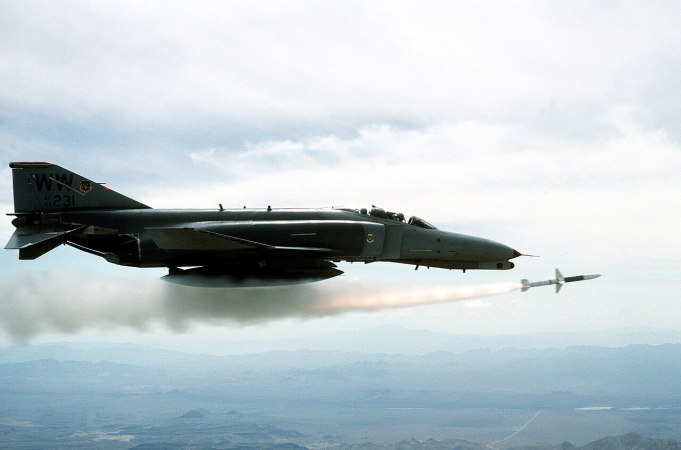In the aftermath of World War II, Berlin, Germany, was grappling with immense challenges when Operation Gold laid the foundation for espionage activities in the 1950s. The United States and the Soviet Union engaged in a high-stakes game of spy versus spy, turning Berlin—a city divided by the pressures of the Cold War—into the key battleground for this audacious CIA plan. The mission aimed to tap into the Soviets’ underground communication cables and eavesdrop on their secrets. To execute this covert operation, the CIA collaborated with Britain’s Secret Intelligence Service, commonly known as MI6.
The mastermind behind Operation Gold was William Harvey, also known as “America’s James Bond.” Harvey was a CIA veteran with a knack for high-risk, high-reward missions. He led the charge on this tunneling adventure that was conceived in 1954. The mission was simple on paper but incredibly complex in execution: dig a tunnel starting from the American sector in West Berlin and extend it into the Soviet sector, a distance of nearly a quarter-mile.
The CIA and MI6 couldn’t just dig a hole in the middle of Berlin without raising eyebrows. They needed a cover. So they constructed a fake warehouse to serve as the tunnel’s entrance. This wasn’t just any warehouse; it was a “meteorological unit,” adding another layer of deception to the operation. Timing was crucial. The soil would harden when winter arrived, making digging next to impossible. Plus, the ever-shifting dynamics of the Cold War meant that delays could render the entire operation irrelevant.
Every detail mattered in Operation Gold, from the choice of location to the construction of a covert warehouse. The stakes were high, the risks even higher, but for a brief moment in Cold War history, it seemed like the perfect plan to outwit the enemy.

Dig, tap, listen
The operation’s groundbreaking moment came in September 1954. But this was no simple dig. The tunnel ran 1,476 feet and was six feet in diameter and operated for 11 months and 11 days. The U.S. Army Corps of Engineers provided technical expertise to make the operation crucial. Instead of just digging a hole, they installed an advanced steel liner system in the tunnel walls. This system did more than simply reinforce the structure. It served as a security measure, protecting the operation from the risks of ground shifts or other unpredictable environmental factors.
By April 1955, after months of round-the-clock work, the tunnel was complete and the tap was in place. But completion was only the beginning. The tunnel acted as more than just a passage. It became an espionage hub filled with the era’s most advanced technology. Engineers installed reel-to-reel tape recorders, signal amplifiers, and other sophisticated listening devices. The equipment was highly sensitive. It could intercept and analyze even the faintest communications from Soviet lines.
… and then repeat
From their covert base in West Berlin, CIA and MI6 agents listened to Soviet communications for nearly a year. The intelligence they gathered contained invaluable information that provided insights into Soviet troop movements, logistical plans, and even high-level military strategies. This intelligence was so vital that it was given the highest classification levels and directly influenced Western military planning regarding the Soviets.
Every intercepted conversation, every piece of decoded communication was another nugget of information in the United States’ and United Kingdom’s intelligence coffers. They learned about troop movements, identified key personnel in the Soviet command structure, and even got wind of military plans long before they were executed. All of this made Operation Gold a triumph in engineering and spycraft … on the surface, at least.
George Blake lights a match
The story of Operation Gold wouldn’t be complete without a deep dive into the enigmatic George Blake, the MI6 agent who doubled as a KGB spy. The presence of Blake in the British intelligence community spelled disaster for Operation Gold before it even got off the ground.
Blake was born in the Netherlands and joined Dutch resistance during World War II. After the war, MI6 quickly recruited him. He rose through the ranks in part because of his polyglot status and also because you could adapt to just about any situation.
So, by the early 1950s, he was in a prime position to leak information about Western intelligence operations, including the CIA’s plan for the Berlin Tunnel.
Blake got wind of Operation Gold in 1953, well before the first shovel hit the ground. And this is where it gets even more intriguing. He promptly informed his KGB handlers, thus giving the Soviets a significant advantage. But the Soviets played it smart. They didn’t shut down the operation or make moves to indicate they knew about it. Instead, they continued to use the tapped lines, fully aware that they were being monitored.
At least, that’s what the Soviets said. The CIA maintains they weren’t fed any misinformation. But because then-director Allen Dulles ordered very little about the op to be written down, it’s hard to say what’s fact and what’s fiction.
So what gives?

Why would the Soviets do this? Disinformation. They knew they had a golden opportunity to feed false intelligence directly into the ears of their Cold War adversaries. For nearly a year, the Soviets intentionally relayed misleading information about troop movements, military plans, and other key topics.
When the Soviets finally “discovered” the tunnel in April 1956, they made sure to put on a theatrical performance, displaying their “shock” and “outrage” at such an audacious act of espionage. This public display served multiple purposes. It showed the world that they were the victims of Western aggression, and it subtly mocked the CIA and MI6, hinting that they had been aware of the operation all along.
The capture and exposure of George Blake were nothing short of catastrophic for Western intelligence. Arrested in 1961, Blake was tried and sentenced to an unprecedented 42 years in prison. But even behind bars, he proved to be elusive. In a daring escape in 1966, orchestrated with the help of fellow inmates and sympathizers, Blake managed to flee to the Soviet Union. He lived there until his death, a hero in the eyes of the Russians but a traitor to the Western intelligence community.
Success or failure?

So, was Operation Gold a failure? Not entirely. Despite the leak, the CIA gained substantial intelligence. The operation also cemented methods for future covert operations and set a precedent for CIA-KGB chess games during the Cold War. More than anything, it showcased the audacity, technological prowess, and the lengths to which both sides would go to outsmart each other.
George Blake’s betrayal had lasting implications, becoming one of the most significant intelligence failures for the West during the Cold War. Blake was eventually arrested in 1961 and sentenced to 42 years in prison, although he escaped in 1966 and fled to the Soviet Union.
Today, the Berlin Tunnel Operation stands as a testament to the ingenuity, audacity, and the ever-present risks in the covert world of espionage. A chapter in history that reminds us of the complexities and the high stakes of the Cold War, Operation Gold continues to be studied as an intricate ballet of spy vs. spy.


